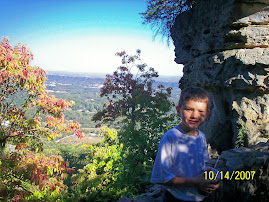Chapter 8-Building Vocabulary Knowledge and Strategies... and Beyond (Just Kidding)
Technical vocabulary... Sounds tough doesn't it? Usually, when there's a difficulty, it's a technical one. Right? Well, not exactly. Not all the time. Technical vocabulary simply means unknown words. Conley suggests that these technical "babies" are often the center of attention when teachers think about and regard "traditional" vocabulary teaching and instruction. Hmm... Do continue.
There are many different ways of knowing and understanding words. All students are brought into the school systems with some sort of vocabulary background. These pre-determined and already learned and established words are known as well-established words. On the other hand, just acquainted words remind me of just that... An acquaintance; a person yelling out an occasional "Hi" or a spontaneous wave of the arm when seen. Students are only familiar with these just acquainted words . They have yet to discover its meanings.
Gosh, I feel so repetitive... Teachers should base instruction on the emphasis of making personal connections with the individual student. While reading the chapter, I found out where to begin with vocab instruction . The List-Group-Label is an interesting method. It enables students to see and make connections with unfamiliar vocabulary. Semantic Mapping is also a great method used. I used/incorporated concept cards in my lesson at South Forrest. The student I'm tutoring was unfamiliar with the 3 vocabulary words I chose from the narrative we read during today's lesson. On a piece of construction paper, he wrote out the words and definitions from the dictionary. Then, he created his own sentence using the vocab words. We ran out of time, so he didn't' get to draw a picture of the word. Other than the time issue,I think it worked rather well and proved successful.
Subscribe to:
Post Comments (Atom)
.jpg)
.jpg)
.jpg)
No comments:
Post a Comment